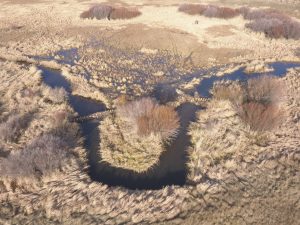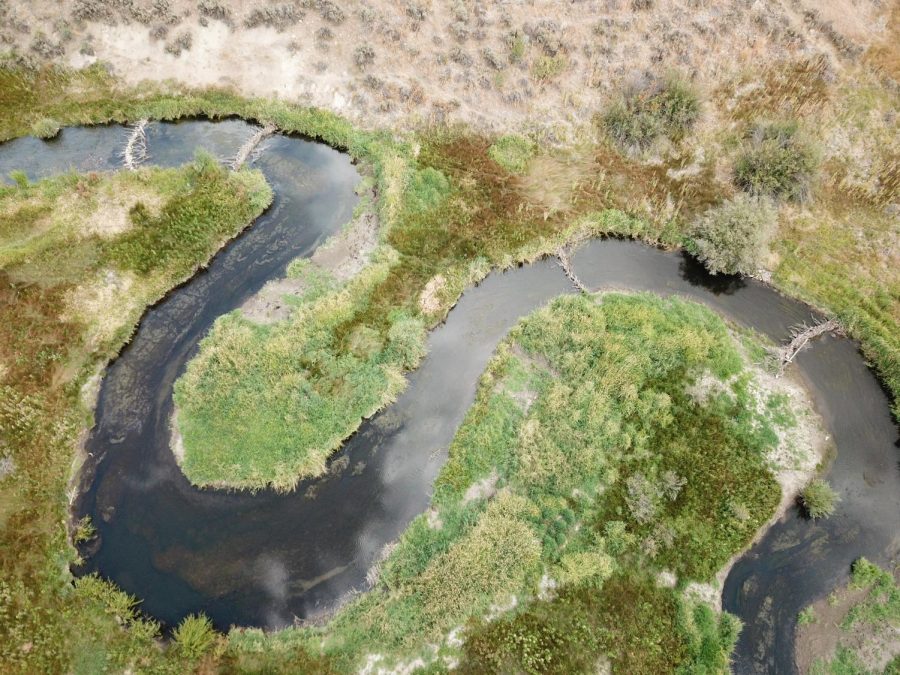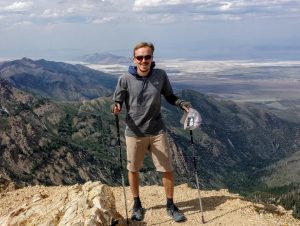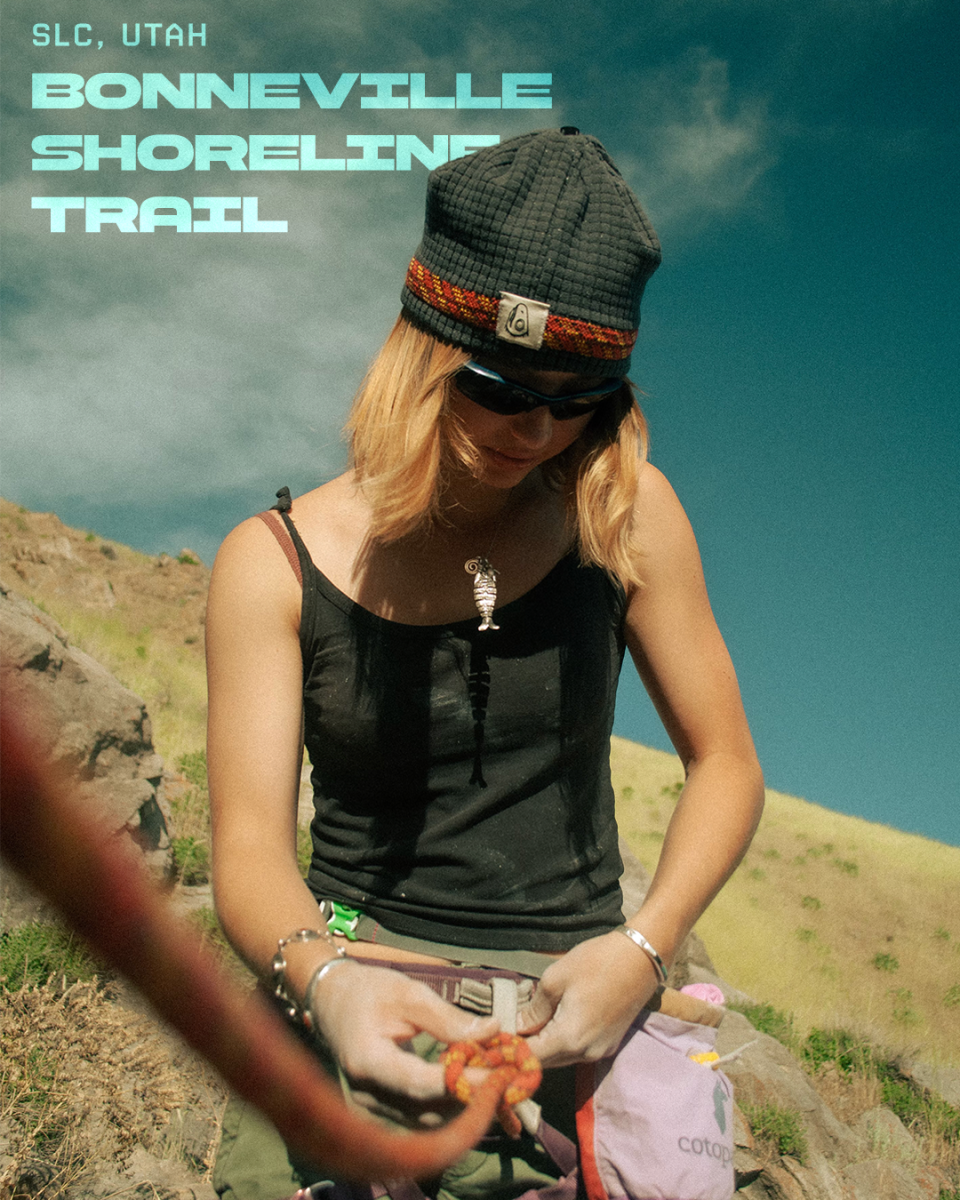Becoming the Beaver: Eco Restoration in Park City
January 7, 2021
Conservation in the United States has long centered on the concept of preserving wilderness. American environmentalists and conservationists are proud of the public lands legacy that thinkers like John Muir — who is considered the “father of national parks” — have given us. The preservation of wilderness is hugely important for conservation efforts, but its primary weakness is in its removal of humans from the natural world. Native Americans have been integral parts of healthy North American ecosystems for thousands of years. In the wake of the industrial revolution, humans are having detrimental impacts on the world around us at unprecedented rates. The passive wilderness preservation approach by itself is not enough to maintain healthy ecosystems. If the protection of remaining wilderness areas was one of the great conservation achievements of the 20th century, successful ecological restoration should be one of the great achievements of the 21st century. While ecological stewardship is essential for maintaining healthy ecosystems, ecological restoration is a modern method of helping damaged ecosystems return to their natural state. Active restorative intervention by humans in the very ecosystems they have degraded requires significant trial and error, but it is ultimately the only way some ecosystems can return to health.
Scientists across the world are actively working on ecological restoration. Marshall Wolf is a Ph.D. student in ecology at Utah State University. Rather than remaining in the theoretical ivory tower of academia, he is taking a “boots on the ground” approach, or quite literally a “boots in the water” approach. Much of his research is focused on beavers, beaver dam analogs (BDA) and riparian ecosystems. A BDA is a human-built dam that attempts to imitate those built by beavers.
In September, I volunteered with the Wild Utah Project to construct BDAs in the Swaner Preserve of Park City. We built the dams in the following way — first, posts are driven deep into the streambed in a line across the stream. Second, rocks are piled up along the post line. Third, willows sustainably harvested from the streamside are woven through the posts to form a wall. Fourth, a “mattress” of willows is completed by jamming willows into the holes left in the woven wall of willows. The final step is to push mud into the dam in order to more fully block water from flowing through. A volunteer coordinator joked that we would each receive a prosthetic beaver tail for patting the mud down into the dam. Once we had finished these steps, the water level began to rise behind our BDA and move up into the floodplain. With much of my professed environmentalism expressed through incremental lifestyle changes, it was an invigorating experience to get my hands dirty in an active attempt at ecosystem revitalization.
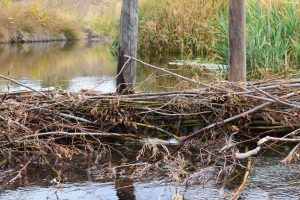 Having been directed by Wolf during the volunteer session, I was interested in having a more in-depth conversation. We met up several weeks after the volunteer session on a sunny October day at his “office” in a different area of the Swaner Preserve. From Old Ranch Road, he led me down to the day’s worksite at Kimball Creek. On the way, we splashed through a grassy area inundated with water from a BDA recently built on the creek. Wolf explained how the flooded area provided excellent habitat for amphibians — among many other benefits. We arrived at the creek next to one of the BDAs. I asked Wolf what inspired him to study beavers and BDAs. He said that as a kid and up through high school, spending time around streams was his “zen zone.” Later, after his undergraduate time, he worked a job performing stream surveys. During this time, he was fascinated by the richness and beauty of life around places where beavers lived and built dams.
Having been directed by Wolf during the volunteer session, I was interested in having a more in-depth conversation. We met up several weeks after the volunteer session on a sunny October day at his “office” in a different area of the Swaner Preserve. From Old Ranch Road, he led me down to the day’s worksite at Kimball Creek. On the way, we splashed through a grassy area inundated with water from a BDA recently built on the creek. Wolf explained how the flooded area provided excellent habitat for amphibians — among many other benefits. We arrived at the creek next to one of the BDAs. I asked Wolf what inspired him to study beavers and BDAs. He said that as a kid and up through high school, spending time around streams was his “zen zone.” Later, after his undergraduate time, he worked a job performing stream surveys. During this time, he was fascinated by the richness and beauty of life around places where beavers lived and built dams.
Next, I asked Wolf about the history of research on beavers and the purpose of BDAs. He told me, “In the ’40s and ’50s, they had an excess of parachutes from World War II and people figured out that you could just drop Beavers out of airplanes with parachutes in little boxes in order to recolonize wilderness areas.” Trappers decimated beaver populations during frontier times and many stream ecosystems are suffering from the lack of beavers’ influence and the other human changes to stream systems. Parachuting beavers into wilderness areas was a first attempt at recolonizing beavers and restoring the benefits they bring to streams.
It wasn’t until the ’90s that researchers began to understand how beaver could be used in stream restoration. Research at this time observed that a beaver placed onto a stream in a particular location was likely to “hightail it upstream or downstream never to be seen again.” This problem prompted researchers to ask, as Wolf relates, “What if we just built dams ourselves as beaver starter homes, both for encouraging beavers to naturally move to a desired area and for relocation purposes?” From there, construction techniques were innovated over time with an emphasis on taking “design cues” from beavers.
Wolf has helped with and has directed the construction of sixteen BDAs on Swaner Preserve. He then studies the impact that these dams have on the health of the ecosystem. The dams help to slow stream flow, which helps water to reach historical floodplains. They also help to restore the streams’ historical flow path because humans have channelized and straightened many parts of streams. These geographical alterations to the stream flow help to restore animal, insect and plant populations. The BDAs are also built in the hope that beavers will find these altered areas more habitable and begin to take over the work that Wolf is doing.
Part of the theoretical foundation for building BDAs comes from the “intermediate disturbance hypothesis.” Wolf explains that this hypothesis is based on the observation that intermittent disturbances to ecosystems promote “maximum productivity and maximum biological diversity… Beavers play into that [theory] by creating a patchy disturbance regime.” In the absence of disturbances, ecosystems can degrade over time. A disturbance can act like an ecosystem defibrillator that gets ecosystem processes moving again. In the case of BDAs, humans are able to initiate an ecosystem disturbance in locations where beavers no longer live.
For outdoor recreation enthusiasts, the possibility of restoring degraded ecosystems should be an exciting prospect. Not only can we enjoy the preserved beauty and diversity of wilderness, but we can support efforts to actively restore the beauty and diversity of other places that have been degraded. A response to our ecological failings shouldn’t be limited to holding onto the remnants of wilderness. We can work to directly heal the wounds of ecosystem degradation.
Wolf’s work with BDAs shows us just one of many active approaches to conservation that provides more hope for the future of wild places.
